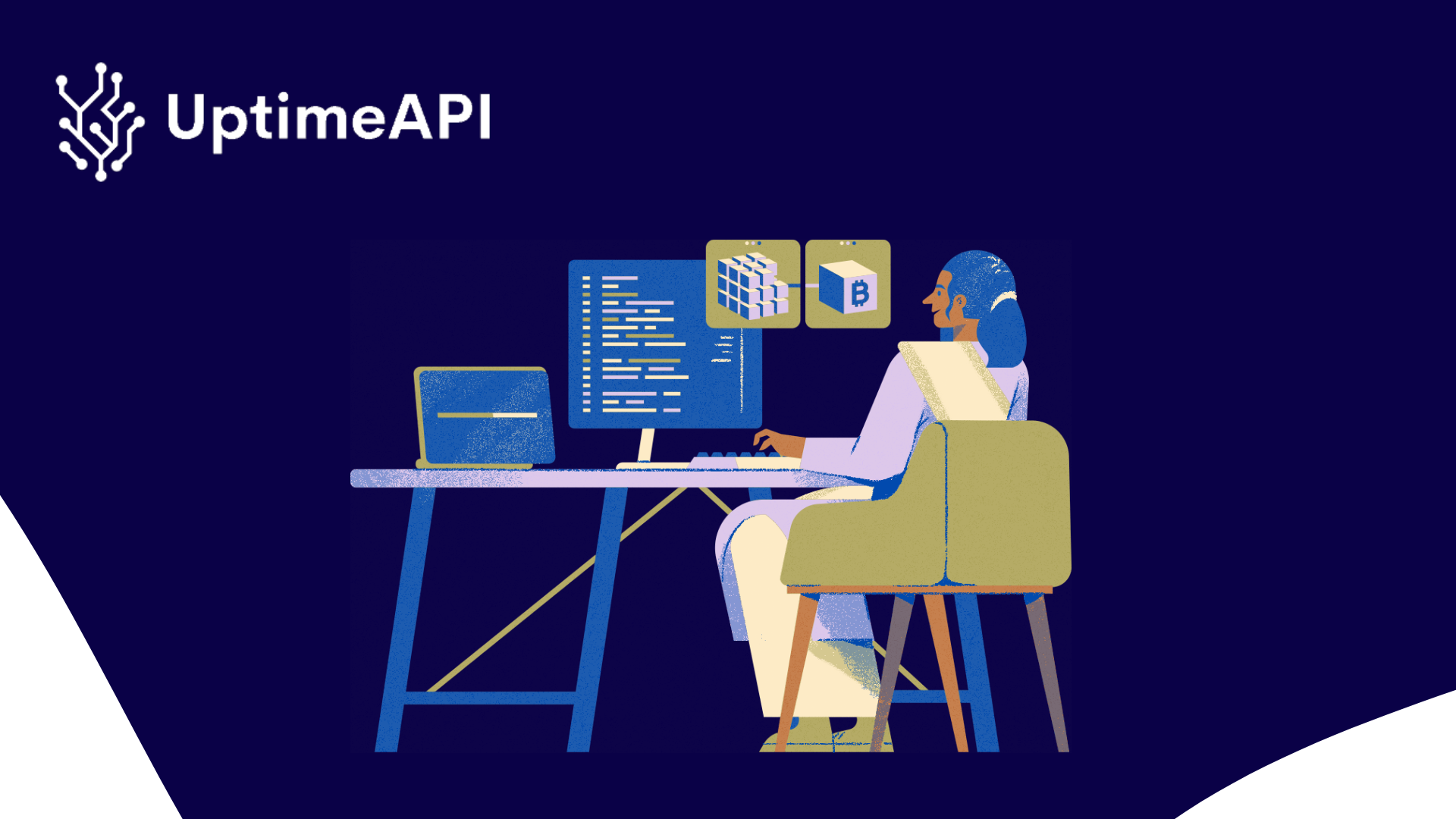How To Monitor An API: Versatile Tool For Developers

API monitoring is an essential practice for developers aiming to ensure the reliability and performance of their applications. A versatile API monitoring tool can significantly simplify this process, providing real-time insights and alerts to keep your APIs running smoothly. In this guide, we'll explore how to master API monitoring using the Uptime API, a robust tool designed to meet the diverse needs of developers.
Versatile API Monitoring Tool For Developers
The Uptime API stands out as a versatile API monitoring tool that caters to developers' needs by offering a comprehensive set of features. These features include real-time monitoring, detailed performance metrics, and customizable alerts. With Uptime API, developers can easily track their APIs' health and performance, ensuring any issues are promptly addressed before they impact end-users.
Key Features:
- Real-time monitoring: Continuous tracking of API performance.
- Customizable alerts: Get notified of issues through various channels.
- Detailed analytics: In-depth reports on API uptime, response times, and error rates.

Master API Monitoring With a Versatile Tool
Mastering API monitoring involves leveraging the full capabilities of your monitoring tool. The Uptime API offers a user-friendly interface and advanced features that make it easy to keep an eye on your APIs. To get started, follow these steps:
- Sign up for Uptime API: Create an account on the Uptime API platform.
- Add your APIs: Enter the endpoints and configure the monitoring settings.
- Set up alerts: Define the conditions under which you'd like to receive notifications.
- Monitor in real-time: Use the dashboard to track your APIs' performance.
- Analyze reports: Regularly review the analytics to identify and address any issues.
Developers Guide: Versatile API Monitoring Tool
For developers, having a versatile API monitoring tool is crucial. The Uptime API not only provides real-time monitoring but also offers a range of features that cater to different aspects of API management. This includes detailed logs, performance reports, and the ability to simulate user interactions to test API responses under various conditions.
Step-by-Step Setup:
- Create an Account: Sign up on the Uptime API website.
- Add APIs: Input the API endpoints you want to monitor.
- Configure Settings: Choose the monitoring frequency and alert preferences.
- Activate Monitoring: Start the monitoring process to receive real-time data.
- Review Data: Use the dashboard to view performance metrics and logs.
How To Monitor An API: Developer's Versatile Tool
Monitoring an API effectively requires a tool that can handle various monitoring tasks seamlessly. The Uptime API is designed to be this versatile tool for developers, offering functionalities that go beyond basic monitoring. Here's how to use it:
Setting Up:
- API Registration: Register your API by providing the necessary details.
- Define Monitoring Parameters: Set the criteria for monitoring, such as expected response times and acceptable error rates.
- Implement Alerts: Choose how you want to be notified (e.g., email, SMS, Slack).
Monitoring:
- Real-Time Data: Access live data about your API's performance.
- Alerts: Receive notifications when your API's performance deviates from the set parameters.
- Logs: View detailed logs to troubleshoot issues.
Streamline API Monitoring With a Versatile Tool
Streamlining API monitoring means making the process as efficient and effective as possible. With the Uptime API, developers can automate many monitoring tasks, reducing the manual effort required and ensuring that they can focus on other critical aspects of their projects.
Benefits:
- Automation: Set up automated monitoring tasks.
- Efficiency: Quickly identify and address issues.
- Comprehensive Data: Access detailed performance reports.
Ultimate Versatile Tool for API Monitoring
The Uptime API is the ultimate versatile tool for API monitoring, offering a range of features that meet the diverse needs of developers. Whether you need basic uptime tracking or advanced performance analytics, the Uptime API has you covered.
Key Capabilities:
- Scalability: Monitor multiple APIs simultaneously.
- Customizability: Tailor the monitoring settings to your specific needs.
- Integration: Seamlessly integrate with other tools and platforms.
Simplify API Monitoring: Versatile Tool for Devs
Simplifying API monitoring means reducing complexity while maintaining comprehensive oversight. The Uptime API achieves this by providing a straightforward setup process, intuitive interface, and powerful monitoring features that make it easy for developers to keep their APIs in check.
Simplified Setup:
- User-Friendly Interface: Easy to navigate and set up.
- Quick Configuration: Set up monitoring in minutes.
- Detailed Documentation: Access guides and tutorials to get the most out of the tool.
In conclusion, the Uptime API is an indispensable tool for developers looking to ensure the reliability and performance of their APIs. Its versatility, comprehensive features, and ease of use make it an excellent choice for monitoring APIs effectively. By following the steps outlined in this guide, you can master API monitoring and keep your applications running smoothly.